A small but strong company—that’s the phrase that best describes Codename BOM, the indie game studio behind “Archetype Blue.” Now in its third year, Codename BOM is a compact development team of ten members.
The studio has recently drawn attention in the industry by winning the top prize at the NEXEED Demo Day IR Pitching event hosted by Gyeonggi Content Agency, being named Indie Game of the Year by the Korea Mobile Game Association, and securing investment from an accelerator. “Archetype Blue” was also showcased at events like G-STAR, Tokyo Game Show, Burning Beaver, and PlayX4, where it received positive feedback from players.
In October of last year, Codename BOM signed a publishing agreement with STOVE Indie and is now preparing for a global release. Having already proven its capabilities, what’s next for Codename BOM?
Smilegate Newsroom sat down with Shin Won-chul, CEO of Codename BOM, to hear about his game philosophy and future vision.
To Be Someone’s Spring—CEO Shin and Ten Talented Experts Join Forces
“We are a team formed to become someone’s ‘spring.’ Anyone who shares the goal of creating imagination-sparking games is welcome to join us,” said CEO Shin Won-cheol, explaining the direction of his company.
The word “Bom” (Spring) carries two meanings: the season “spring” and the verb “to see.” When founding the company in December 2022, CEO Shin—who remembers winter as a harsh time—imbued the name with the hope of “bringing forth a spring through games.” The second meaning, “see,” refers to programmers reading source code during game development.
Codename Bom currently consists of ten experts in diverse fields such as programming, art, and narrative. Despite its small size, the team leverages the strengths of highly skilled professionals. CEO Shin has worked at leading game companies in Korea and has built up his capabilities as a developer through experience at Chinese game firms. Recently, the team brought on an AI specialist to boost development efficiency.
“I’ve enjoyed creative activities since I was young and dreamed of becoming a game developer in high school. After working in various roles in art and programming at different game companies, I wanted to take on a bigger challenge—so I founded my own company,” he explained.
Exploring the Inner Journey of Game Characters
“We develop each pixel dot as if we’re engraving the emotions of the characters into the game.”
The development philosophy behind “Archetype Blue,” as envisioned by Codename Bom, is embedded right in the game’s title.
“‘Archetype’ is a psychological concept referring to universal images shared within the collective unconscious, while ‘Blue’ symbolizes melancholic emotions such as complexes. The game portrays characters facing and overcoming their inner traumas and negative struggles.”
CEO Shin added that the game is built around three core pillars—combat, narrative, and the unconscious—so that users can naturally experience the storyline. This structure allows players to explore the characters’ inner worlds.
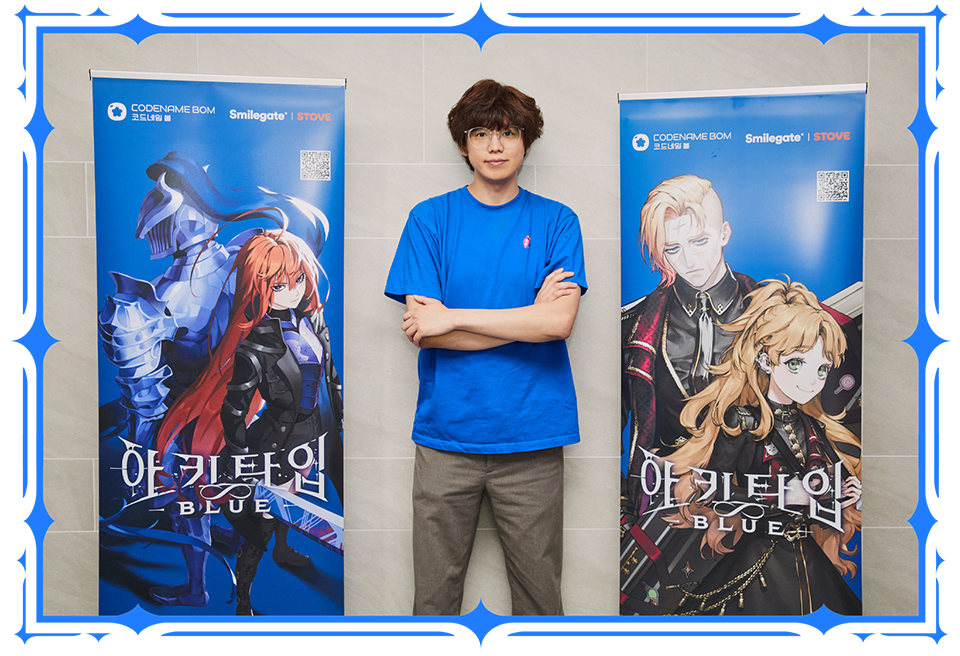
Set in the Kingdom of Britail, where magic and technology coexist, “Archetype Blue” follows the protagonist Mary as she grows and uncovers hidden truths about the world. The game carefully weaves each character’s complex emotions and inner struggles into the experience, enabling players to immerse themselves deeply.
While retaining the replayability unique to the roguelite genre, “Archetype Blue” constructs a vast narrative universe through meticulous storytelling. As a result, it offers a distinctive “story-driven gameplay” experience, setting it apart from typical roguelites. In-game events unfold sequentially based on unlock conditions, gradually revealing each character’s fate and the structure of the world to the player.
Regarding character design, Shin stated, “Our goal was to make players feel not just that a character becomes stronger, but why they need to become stronger.” He emphasized, “One of the key appeals of this game is making players imagine and infer each character’s motivation and the context behind their actions.”
To achieve this, every aspect of each character—from their backstory and dialogue to visual design—was meticulously crafted. The game also incorporates the unique sensibilities of subcultures inspired by comics, anime, and fandom culture, allowing characters to gain devoted fans. This is one of “Archetype Blue’s” key strengths.

Detail Leads to Quality: The Power of Handcrafted Pixels
“Archetype Blue” stands out with its unique pixel graphics. What brings the game to life is its attention to detail. A team of six-pixel artists crafted every visual element—from characters to backgrounds to animations—painstakingly by hand.
“It took an incredible amount of time, but it allowed us to achieve that level of detail, which really brings out the characters’ emotions. When we showcased the game at Burning Beaver last year, one user even shouted, ‘The detail is amazing!’ Feedback like that assures us we’re on the right path.”
Shin added, “We aimed to maximize immersion through both graphics and sound. The visuals were crucial, of course, but we also designed the audio to flow with the emotional tone, so players could dive deeper into the characters and the world.”
Various immersive design elements are carefully placed throughout the game, encouraging players to actively engage with the structure of the world and the characters’ stories, using their imagination.
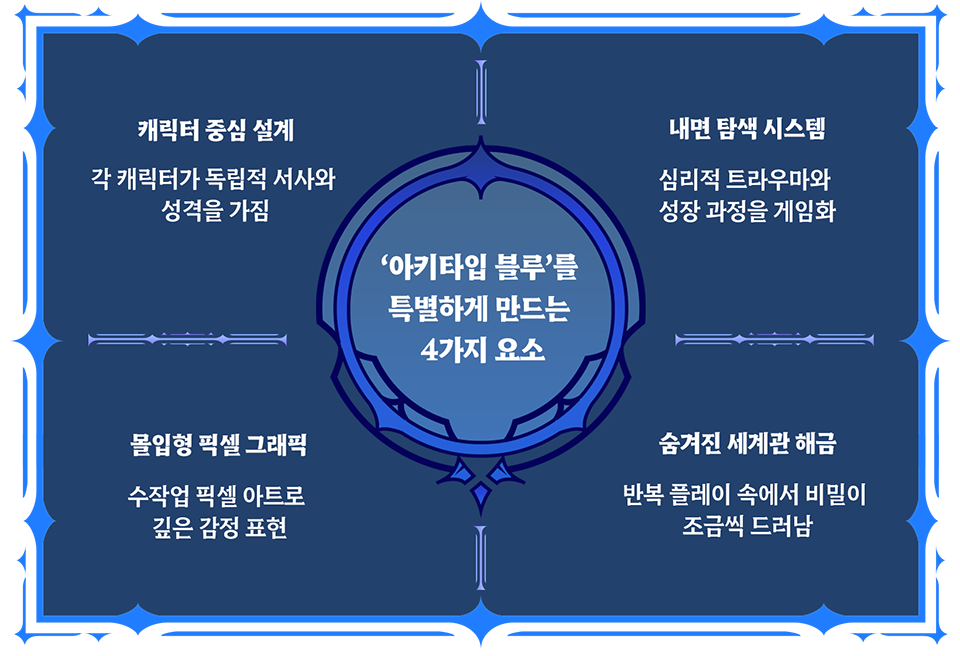
A Turning Point: Partnership with Smilegate Elevates Archetype Blue
Smilegate recognized the potential of “Archetype Blue” early on and suggested onboarding it to their indie game platform, STOVE Indie.
Following that, Smilegate provided Codename BOM with opportunities to participate in various game events like AGF and Burning Beaver, and arranged networking meetups with other developers they had published. Codename BOM participated in Burning Beaver, now a premier indie game festival in Korea, and gained the chance to introduce their game to a wider audience while directly observing user reactions to identify strengths and areas for improvement.
“In the early stages of development, we weren’t clear on our target audience, and the game lacked subculture elements. But after detailed discussions with Smilegate, we were able to define our target as the ‘subculture fan base’ and refine the direction and tone of the game accordingly.”
During preparations for the Steam launch, Smilegate shared platform guide materials and provided advice on improving the main banner of the game page, which led to a noticeable increase in traffic—offering practical support in marketing. They are also continuously working with Smilegate on community management and crowdfunding initiatives.
Thanks to Smilegate’s suggestions, Codename BOM participated in various game expos and discovered the potential for attracting global users from previously untapped regions like Southeast Asia and South America. Users in Southeast Asia showed strong interest in the game’s pixel art style and character design, while South American users responded positively to the story-driven gameplay. User influx from new regions was a meaningful achievement that highlighted the game’s potential for global expansion.
Expanding the Universe: From “Archetype Blue” to a Broader IP Vision
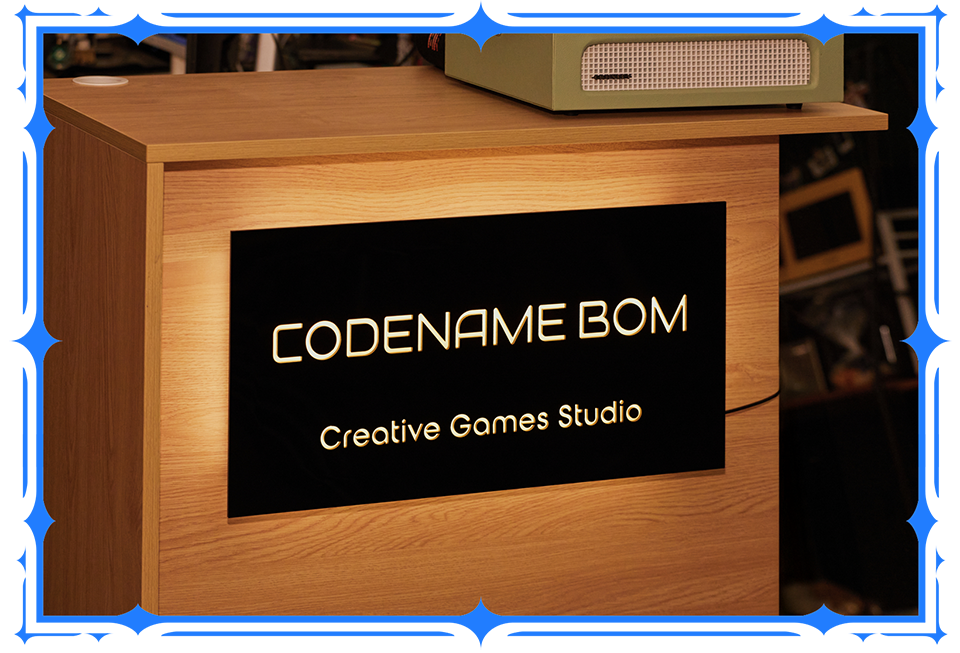
“Archetype Blue” marks the starting point of a game universe centered around the concept of “Archetype.” CEO Shin plans to expand this IP over the long term.
“We’re already thinking about a sequel, like ‘Archetype Red.’ We’re not just developing a standalone game—we aim to build an interconnected universe that links and expands through multiple titles.”
He added that the ultimate goal is for “Codename BOM” to become a trusted and recognizable brand. “I want people to instinctively trust any game made by Codename BOM—to play it without hesitation. Ultimately, we hope to become a studio that stays in players’ memories for years to come.”
A studio that’s more than just about games—a trusted brand, and one that remains in someone’s heart for a long time. That is the “next spring” Codename BOM envisions.
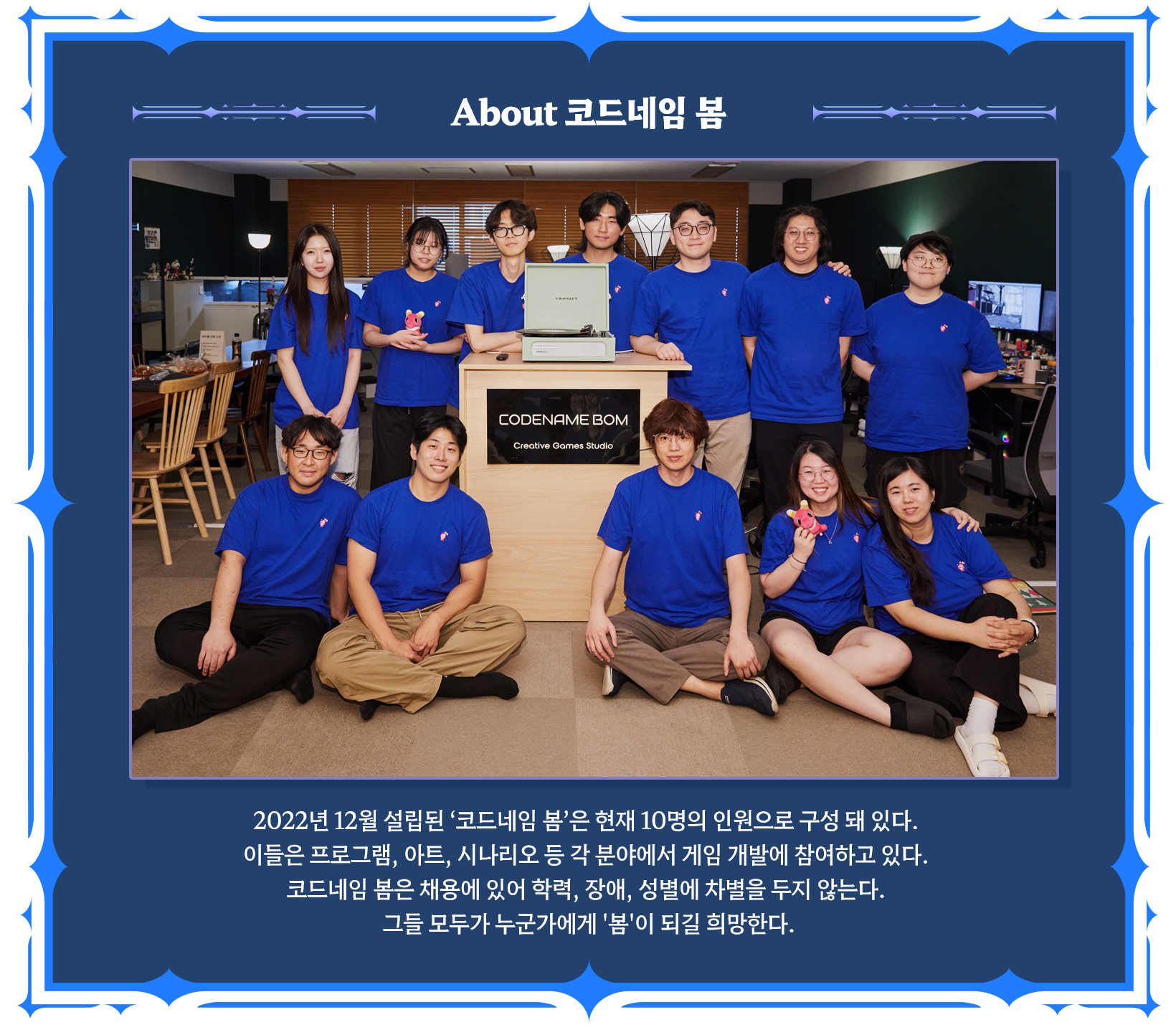
However, when quoting content in articles, please credit it as “Smilegate Newsroom.”


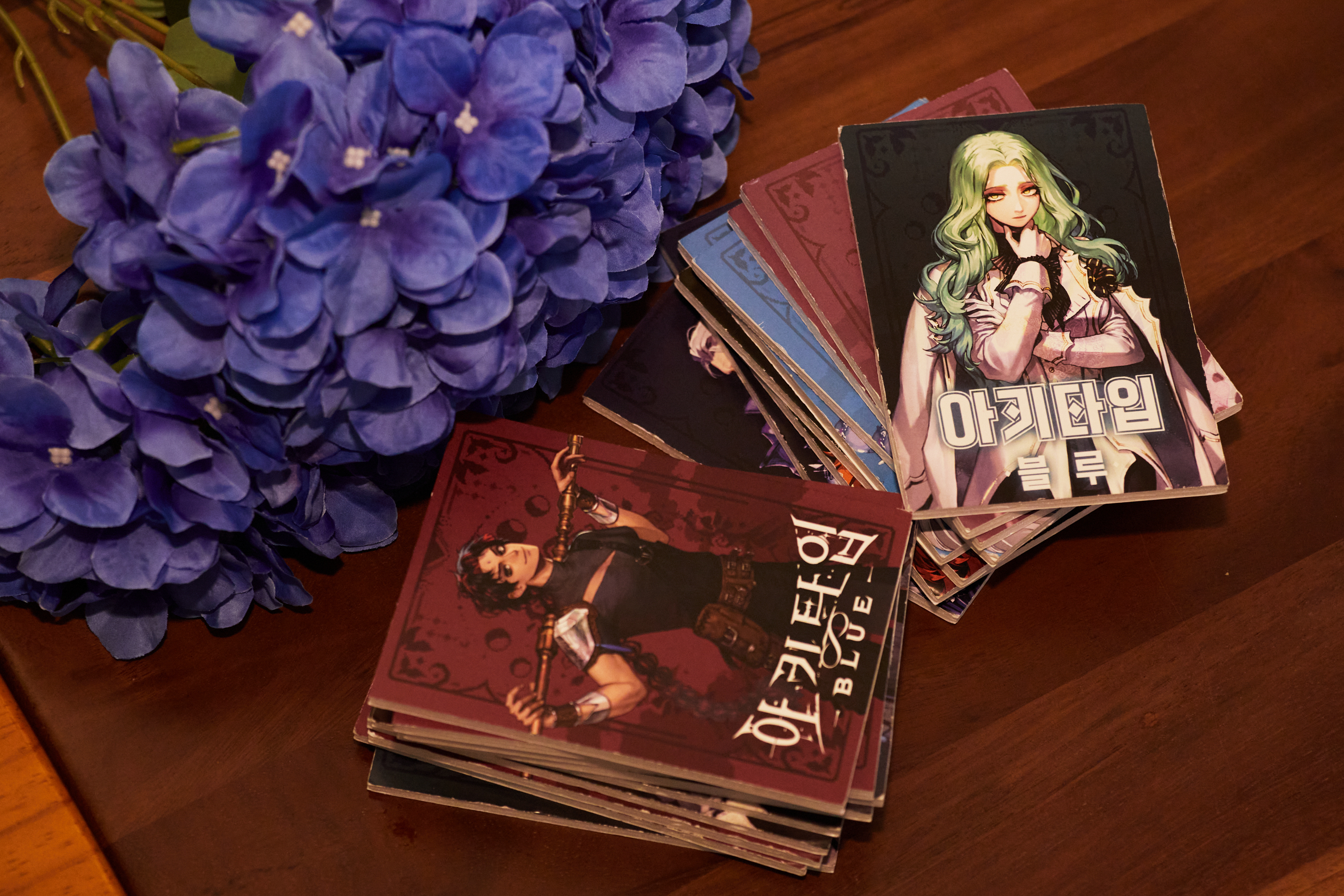



 TOP
TOP
